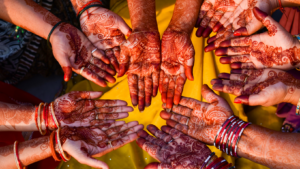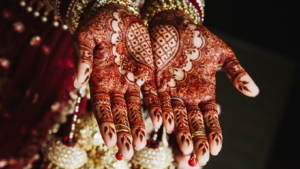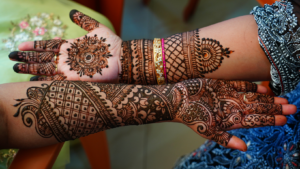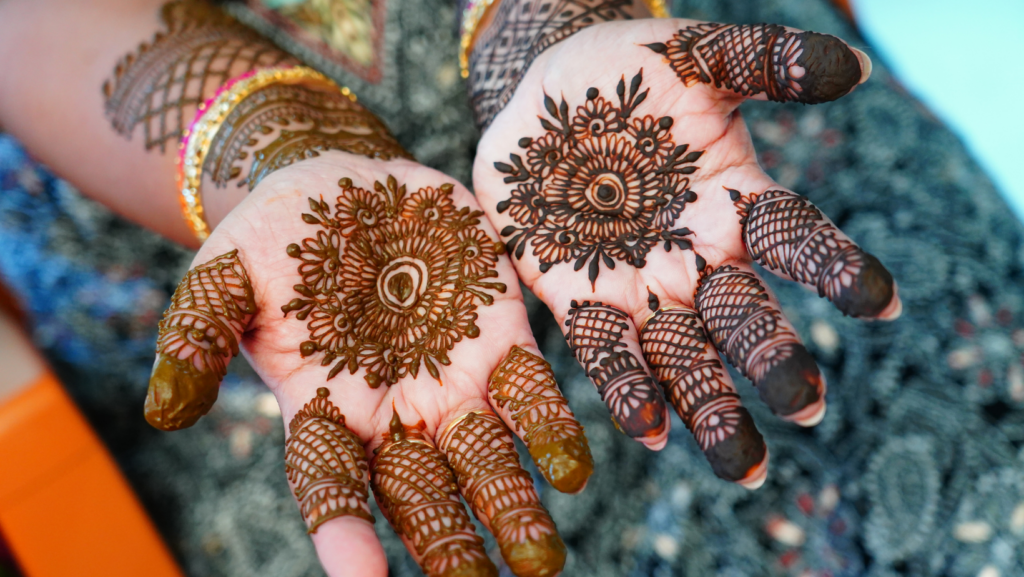In the vibrant world of henna artistry, the flower simple mehndi design stands out as a timeless classic while also representing a local economic impact. It’s an embodiment of elegance, intricacy, and cultural significance, making it a favorite among henna enthusiasts and artists alike. From weddings to festivals, this design holds a special place in every celebration.
Yet, despite its complexity, it’s not as daunting as it seems. With the right guidance and practice, anyone can master this art form. So, whether you’re an upcoming artist looking to try your hand at henna or an experienced artist seeking to refine your skills, this article is your gateway to the enchanting realm of flower simple mehndi design.
Flower:oypkegi0wc0= Simple Mehndi Design

In the world of henna artistry, flower simple mehndi designs stand out due to their elegance and cultural significance. This complexity, suitable for both beginners and experienced artists alike, is achievable with sufficient guidance and practice.
Henna artistry’s beautiful flower simple mehndi designs trace their roots back to ancient India. From the Mughal era, it is recognized as a symbol of happiness and energy. Over centuries, henna application became an integral part of Indian weddings and festivals. The flower simple mehndi design, characterized by its petal motifs and intricate detailing, made its mark in history as a classic symbol of beauty and femininity.
The Appeal of Simple Patterns
Flower simple mehndi designs’ compelling appeal lies in their minimalistic yet enchanting appearance. A flower, serving as the central figure, complements the design’s remaining details, captivating the beholder’s eyes. Simple patterns, despite seeming uncomplicated, hold significance in their layouts, symbolizing different facets of life. Demonstrating beauty in simplicity, these designs appeal to a broad audience by offering an art form that is manageable yet indisputably elegant.
Key Elements of Flower Simple Mehndi Designs
In the realm of henna art, flower simple mehndi designs stand as timeless symbols of elegance and tradition. They carry a rich cultural heritage, while incorporating essential elements that breathe life into their creation while also evolving through technological innovations.
Incorporating Floral Motifs

Floral motifs form the heart of these designs, serving as the central piece of the artwork. They render a sense of natural beauty, often symbolizing aspects of life, such as happiness, prosperity, or strength. Circles, vines, and petals often surround the floral motif, enhancing the overall design. For instance, a common design includes a central flower, enveloped by an intricate network of leaves and vines. Each individual floral pattern may also vary, ranging from traditional roses to exotic lotus flowers. They all, however, maintain a consistent emphasis on elegance and simplicity.
Focusing on Minimalist Design
Flower simple mehndi designs set themselves apart by their minimalism. Despite the intricate detailing often associated with henna art, these designs lean towards a less is more approach. This results in clear, concise designs that remain easy to trace, even for less experienced artists. They often comprise a single flower or a cluster, with minimal auxiliary elements. This technique provides uncomplicated, yet captivating visuals. For example, a design may feature just a flower at the center of the palm, with a few stems branching out. Irrespective of the variant, the focus always remains on achieving a timeless appeal through streamlined simplicity.
How to Apply Flower Simple Mehndi Designs

Building on the charm of these patterns, learning to apply flower simple mehndi designs enhances one’s appreciation of this cultural artform. Let’s break down the process into preparation and step-by-step application.
Creating the mehndi paste constitutes an essential first step. Mix fresh henna powder, a dash of eucalyptus oil, and water in a bowl.
It’s about achieving the consistency of pancake batter — neither too sticky nor too runny. Let it sit for about 6-8 hours, allowing for optimal dye release. Following this, fill a henna applicator or a clean, empty cone with the prepared paste for easy application.

